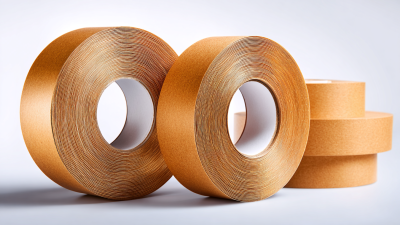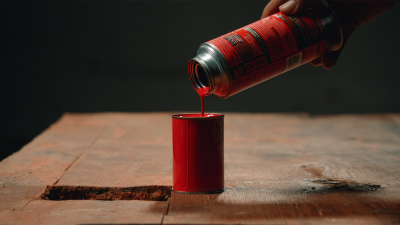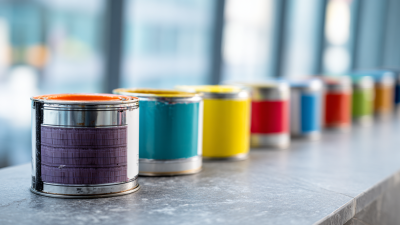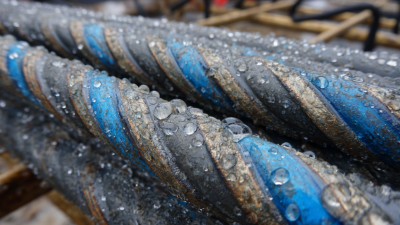Inquiry
Form loading...
Choosing the right building adhesive for your next project can significantly impact the durability, strength, and overall success of your construction endeavor. With a vast array of adhesives available on the market, it can be overwhelming to decide which one best suits your specific needs. Building adhesives come in various types, each designed for different materials and applications, and understanding their properties is crucial. Whether you are working with wood, metal, masonry, or plastic, selecting the appropriate adhesive ensures that joints remain secure and materials adhere effectively over time. In this guide, we will explore essential factors to consider when choosing building adhesive, including bonding strength, curing time, environmental resistance, and application methods, empowering you to make an informed decision for your project.
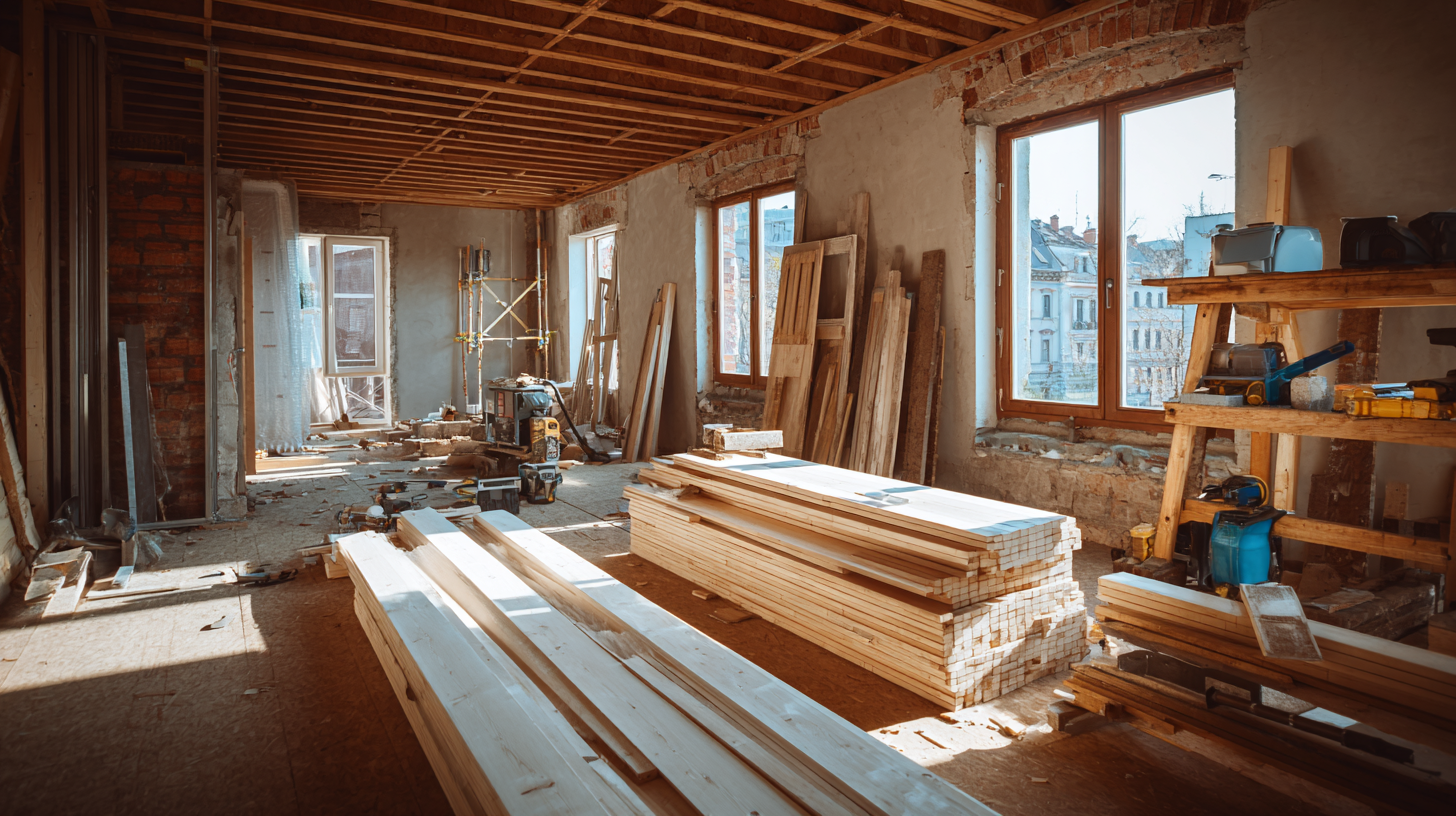
When selecting the right building adhesive for your project, it's essential to understand the various types available in the market. The adhesives can be broadly categorized into several types, including construction adhesives, epoxy adhesives, and liquid adhesives. Each type serves different functions based on the materials being bonded and the specific requirements of the application. For instance, construction adhesives are ideal for heavy-duty applications, providing strong bonding for materials like wood, concrete, and metals, which is particularly useful in modular building and sustainable construction.
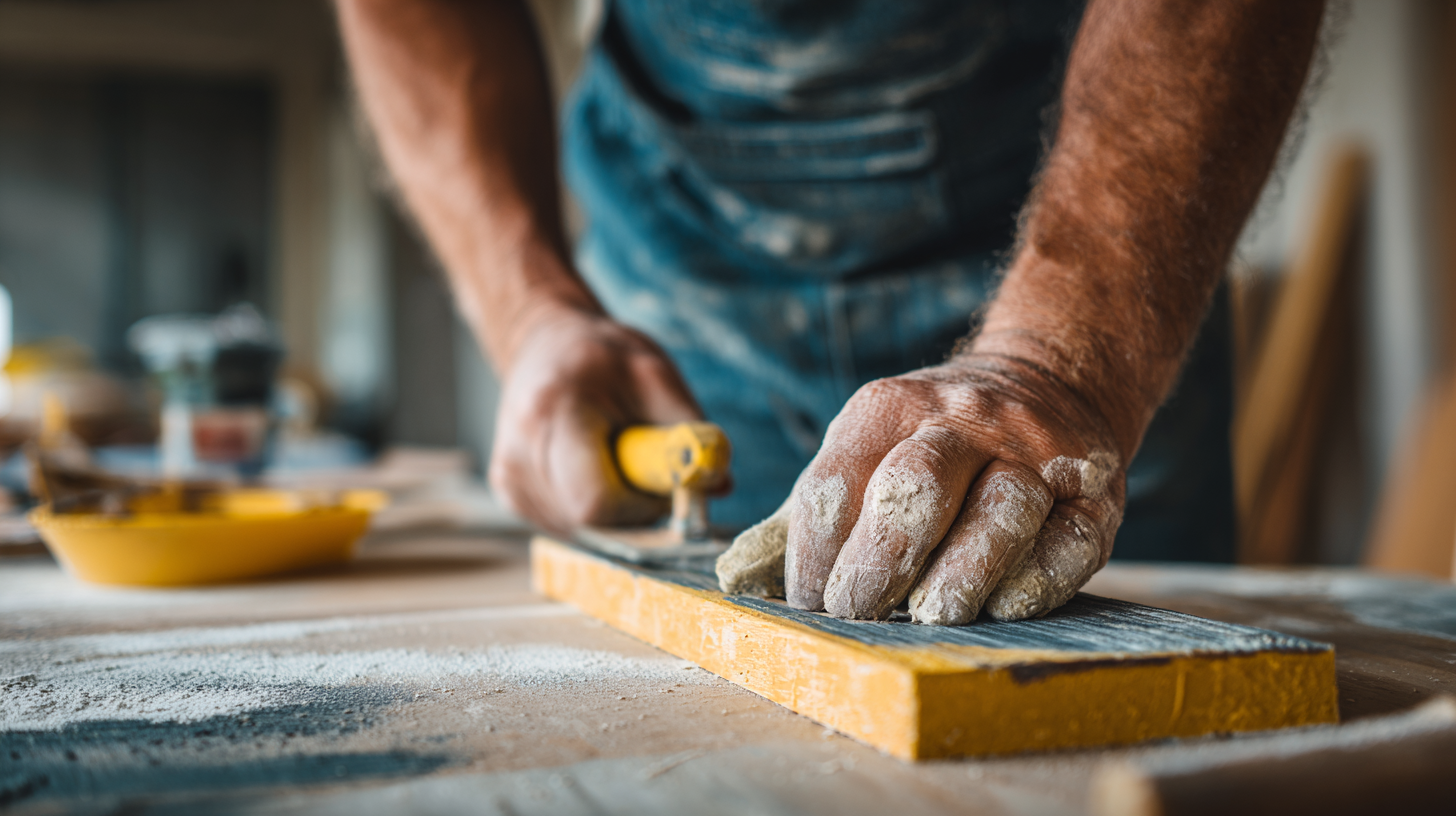
In recent years, the sustainable adhesives market is projected to reach significant heights, reflecting an industry shift towards eco-friendly materials. As environmental concerns grow, construction projects increasingly favor adhesives that minimize environmental impact while maintaining performance. Additionally, the high-performance adhesives segment is seeing rapid expansion, driven by increasing demands in sectors such as automotive and aerospace, where strength and durability are critical. Understanding these categories and current market trends will help you make informed decisions and select the most suitable adhesive for your needs.
When selecting the right building adhesive for your project, it's crucial to evaluate the specific requirements of the application. Factors such as material compatibility, environmental conditions, and structural performance must be considered. For example, engineered wood products (EWP) are increasingly favored in construction due to their sustainable characteristics, yet they require adhesives that can accommodate varying moisture contents and mechanical stresses. A recent report highlights that the choice of lamination methods can significantly impact the durability and performance of these materials in circular construction, emphasizing the need for tailored adhesive selection.
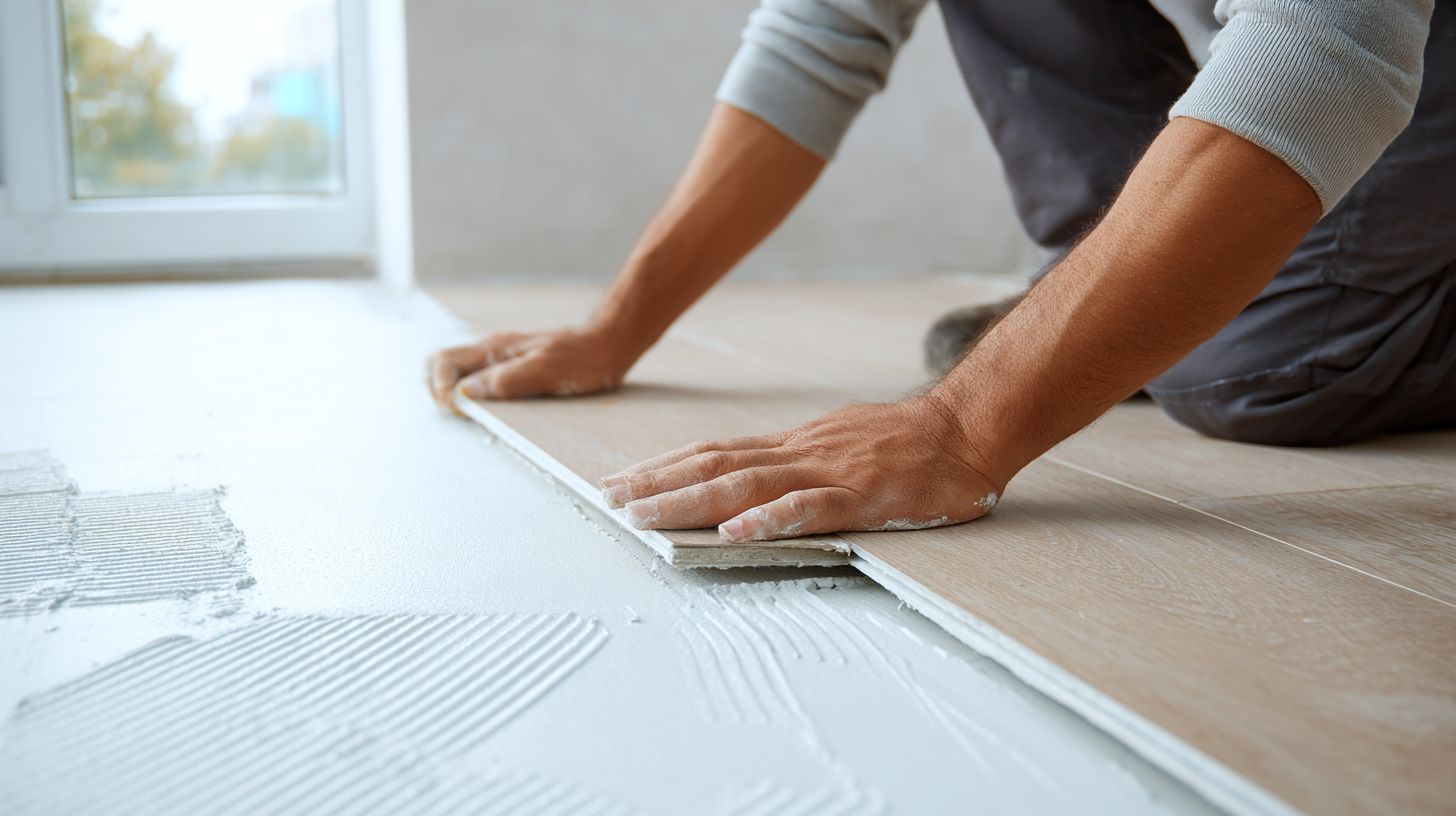
Tips: Always assess the environmental conditions the adhesive will face. For outdoor projects, adhesives with water resistance and UV stability are essential. Furthermore, considering recent case studies on adhesive performance can provide valuable insights into selection criteria, ensuring your choice meets both current standards and future sustainability goals.
Additionally, social sustainability is becoming an integral part of project planning. A systematic review of assessment indicators suggests that the choice of adhesive can indirectly influence social impacts; for instance, selecting non-toxic, eco-friendly adhesives contributes to healthier construction environments. Engaging with these considerations early in the project can lead to more informed adhesive selection and better overall outcomes.
When selecting a building adhesive for your project, understanding bond strength and durability is crucial for ensuring long-term performance. According to the "Adhesives and Sealants Market Report 2022," adhesives with a high tensile strength are essential for structural applications, with some formulations achieving bond strengths exceeding 5,000 psi. These high-performance adhesives are typically necessary for materials that experience significant stress or environmental fluctuations, ensuring the integrity of the assembly over time.
Moreover, durability is not solely measured by bond strength; environmental resistance also plays a vital role. The "Smart Adhesives Research 2023" highlights that adhesives formulated for outdoor use can resist factors such as UV exposure, moisture absorption, and temperature variations. For instance, polyurethane adhesives have demonstrated superior moisture resistance, making them suitable for exposed applications. Selecting an adhesive that can withstand specific environmental conditions will contribute significantly to the longevity of your project, leading to lower maintenance costs and increased reliability.
This chart illustrates the bond strength of various types of building adhesives, measured in pounds per square inch (psi). Understanding the bond strength is crucial for selecting the right adhesive for your project, ensuring durability and long-term performance.
When selecting an adhesive for your building project, understanding the impact of environmental factors such as temperature and humidity is crucial. High temperatures can accelerate the curing process of certain adhesives, which might lead to a weaker bond if not applied correctly. For instance, epoxies may harden too quickly in extreme heat, preventing proper adhesion. Conversely, low temperatures can slow down curing times significantly, possibly resulting in incomplete bonding. Therefore, it is essential to check the manufacturer's guidelines concerning the optimal temperature range for the adhesive being used.
Humidity plays a pivotal role as well. High moisture levels can interfere with the adhesion process, particularly for water-based adhesives that may lose their effectiveness in humid conditions. In such scenarios, using moisture-resistant adhesives or hybrid formulations can yield better results. On the other hand, very dry conditions could cause some adhesives to lose their tackiness before they’ve had a chance to set. To ensure the success of your project, consider both temperature and humidity in your adhesive choice, adjusting for these factors to achieve a reliable and durable bond.
When selecting building adhesives for your project, adhering to safety and application guidelines is crucial for effective use. First and foremost, always read the manufacturer's instructions carefully. Each adhesive may have specific requirements regarding environmental conditions such as temperature and humidity, which can significantly impact the performance. Ensure that the workspace is well-ventilated to minimize exposure to fumes, and always use appropriate personal protective equipment (PPE), such as gloves and masks, to safeguard against potential irritants.
In addition to safety practices, correct application techniques are vital for achieving a secure bond. Surface preparation plays a key role; surfaces should be clean, dry, and free from dust or grease. Applying the adhesive evenly and ensuring proper pressure while joining materials will enhance adhesion. For optimal results, consider leveraging tools like notched trowels or rollers, depending on the type of adhesive. Following these guidelines will not only improve the durability of the bond but also contribute to a safer working environment.
| Adhesive Type | Best Applications | Curing Time | Safety Precautions | Application Tips |
|---|---|---|---|---|
| Epoxy | Metal, Wood, Concrete | 24-48 hours | Use in well-ventilated areas, avoid skin contact | Mix thoroughly before use |
| Polyurethane | Wood, Plastic | 24 hours | Wear gloves, avoid inhalation of fumes | Apply evenly and clamp for best results |
| Contact Cement | Laminate, Veneer | Immediate to 30 minutes | Use gloves, ensure good ventilation | Apply both surfaces, press together firmly |
| Silicone | Glass, Metal, Plastic | 24 hours | Non-toxic, but ventilation is recommended | Smooth the bead for a clean finish |
| Acrylic | General-purpose bonding | 1-2 hours | Low-toxic, still use in ventilated areas | Clean surfaces before applying |
